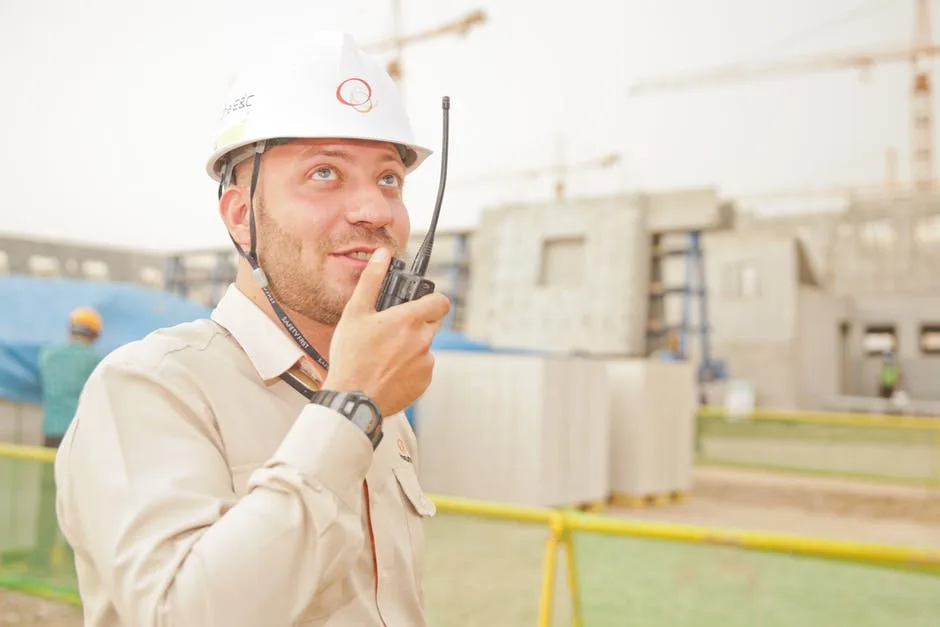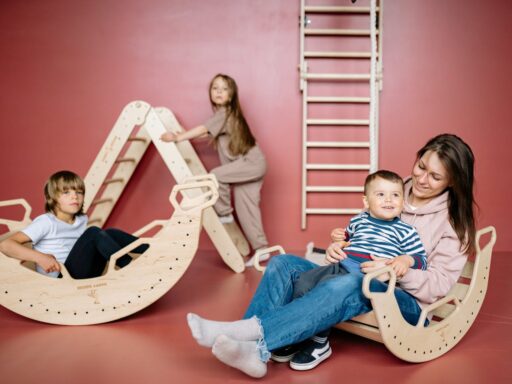Picture this: You’re on a job at a construction site and have to keep running around to communicate with your employees. Not only can this take up valuable time, but it is not an ideal form of communication.
Two-way radios can take the struggle out of communicating for multiple different industries. What is two-way radio communication exactly? Keep reading to find out.
What Is a Two-Way Radio?
A two-way radio is a form of technology that allows people to keep in contact through radio waves. Each individual gets a radio unit to receive audio and data sent from the radio waves.
Two-way radio communication works in different ways. It might be as simple as two radios connecting or a more complex network with multiple radios.
Unlicensed two-way radio devices are otherwise known as “walkie-talkies”. Two-way radios can include unlicensed and licensed equipment.
How Does Two-Way Radio Communication Work?
A two-way radio will convert audio to radio waves and transmit them through the air. The radio waves are received by other radios that can convert the waves back into audio. Radio waves might be sent as a digital signal or analog signal. Digital transmission is found in most modern technologies.
Digital radio can send other types of data, like status updates and text messages, over radio waves. When using a digital radio, it is also possible to encrypt data to stop other people from using your network without permission.
In large-scale operations, such as disaster response or large events, a command center trailer is often used to coordinate communication and logistics. These mobile units are equipped with advanced technology, including two-way radios, to ensure seamless communication between teams on the ground.
Some two-way radios have GPS functionality to keep track of the position that your radio is in. Location functionalities are either always on or switched on during certain situations. For example, when the emergency button is pressed, you can track the two-way radio.
Two-Way Radio Frequencies
A two-way radio will work between 30 MHz (Megahertz) and 1000 MHz. 1000 MHz is also equal to 1 GHz (Gigahertz). The ranges are divided into two categories.
A Very High Frequency (VHF) has a range between 30 MHz and 300 MHz. Ultra-High Frequency (UHF) has a range between 300 MHz and 1 GHz.
Two-Way Radio Licensing
Depending on the type of two-way radio system you need, you might need a license. If you only need a few radios and work in a smaller location, you can get away with using unlicensed radios.
You’ll need more secure communications if you need to cover a larger area. Licensed equipment works better for companies that have multiple teams that need to communicate or are operating in a built-up area.
To avoid the complexities of two-way radio licensing, you can opt for rental two-way radios.
Should You Use Two-Way Radios?
The bottom line is that two-way radio communication can benefit various industries. Depending on the area’s size, licensed two-way radios might be needed to cover all distances.
If you aren’t sure if the benefits of purchasing two-way radios are right for your company, opt for two-way radio rentals first. Understand all of the features that this communication method can offer.
For more technology-related articles, check out the other posts on our blog.







